|
|
|
|
Species Photo Gallery for Clastoptera arborina Red Cedar Spittlebug 10 |
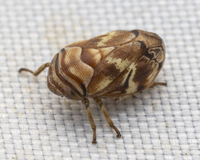 | Photo by: Solomon Hendrix
Wake Co.
Comment: attracted to light |  | Photo by: Rob Van Epps
Mecklenburg Co.
Comment: Attracted to UV light. Suburban yard with near woods. |
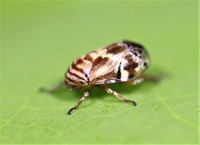 | Photo by: Rob Van Epps
Mecklenburg Co.
Comment: Attracted to UV light. Suburban yard with near woods. | 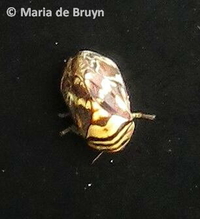 | Photo by: Maria de Bruyn
Orange Co.
Comment: Landed on my camera as I was walking around; there were several cedars in the vicinity |
 | Photo by: North Carolina State University Insect Collection
Wake Co.
Comment: male |  | Photo by: North Carolina State University Insect Collection
Wake Co.
Comment: male |
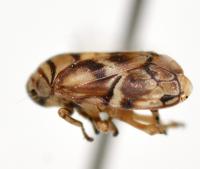 | Photo by: North Carolina State University Insect Collection
Wake Co.
Comment: male |  | Photo by: North Carolina State University Insect Collection
Wake Co.
Comment: female |
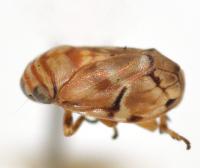 | Photo by: North Carolina State University Insect Collection
Wake Co.
Comment: female |  | Photo by: David Guzman
Wake Co.
Comment: attracted to light |
|

 »
»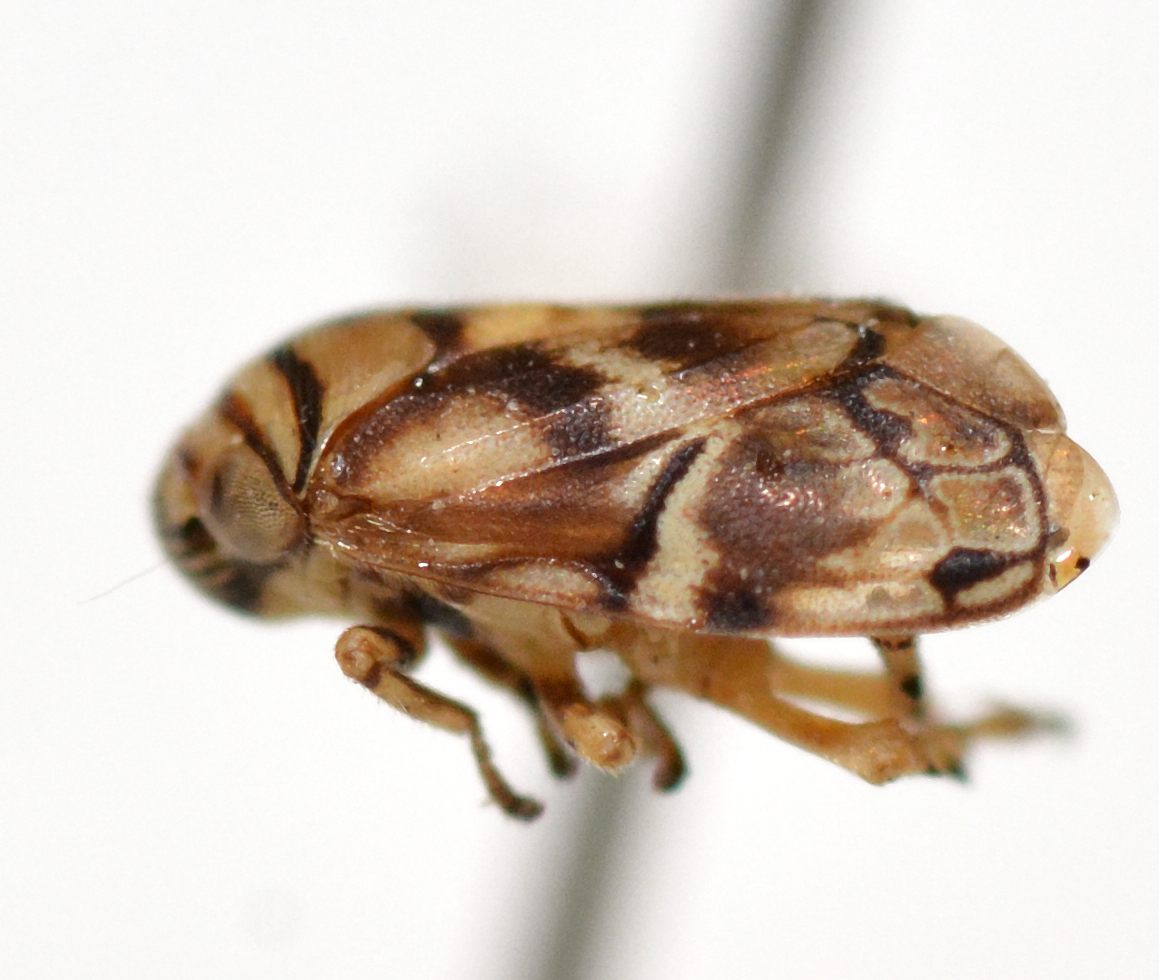
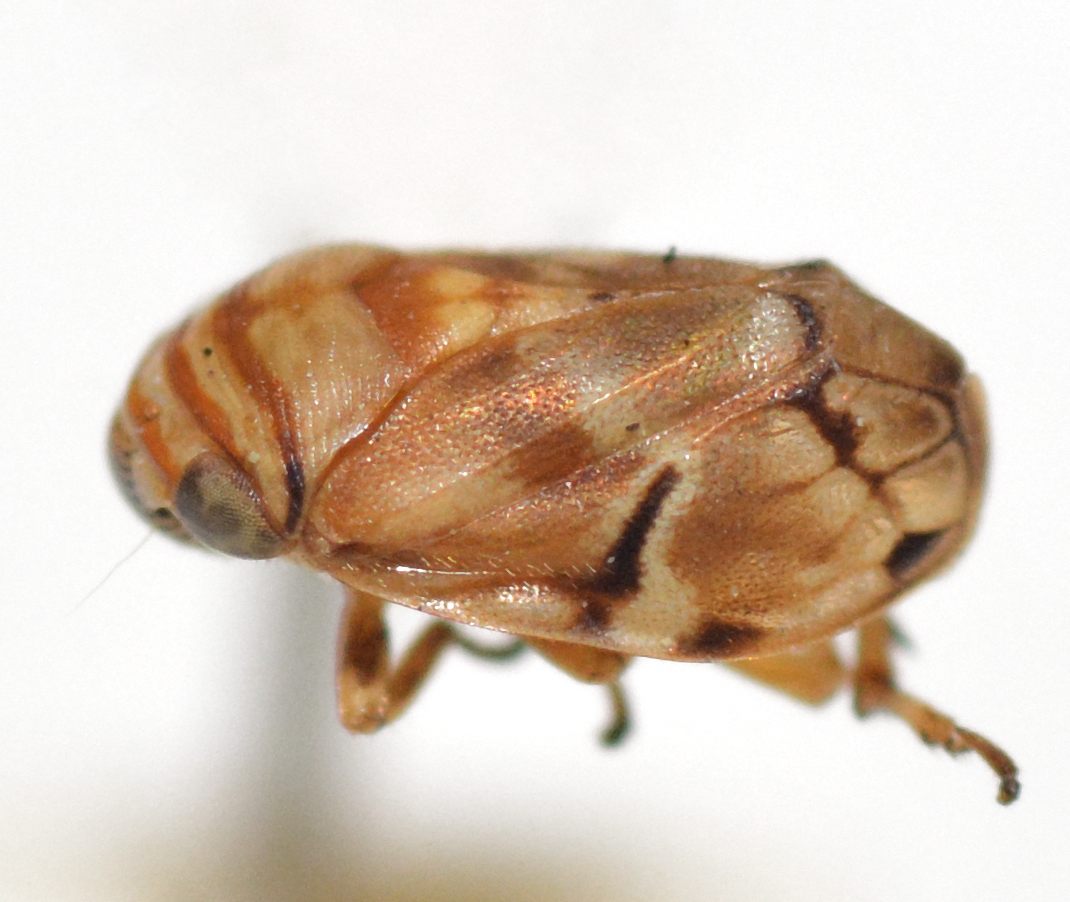
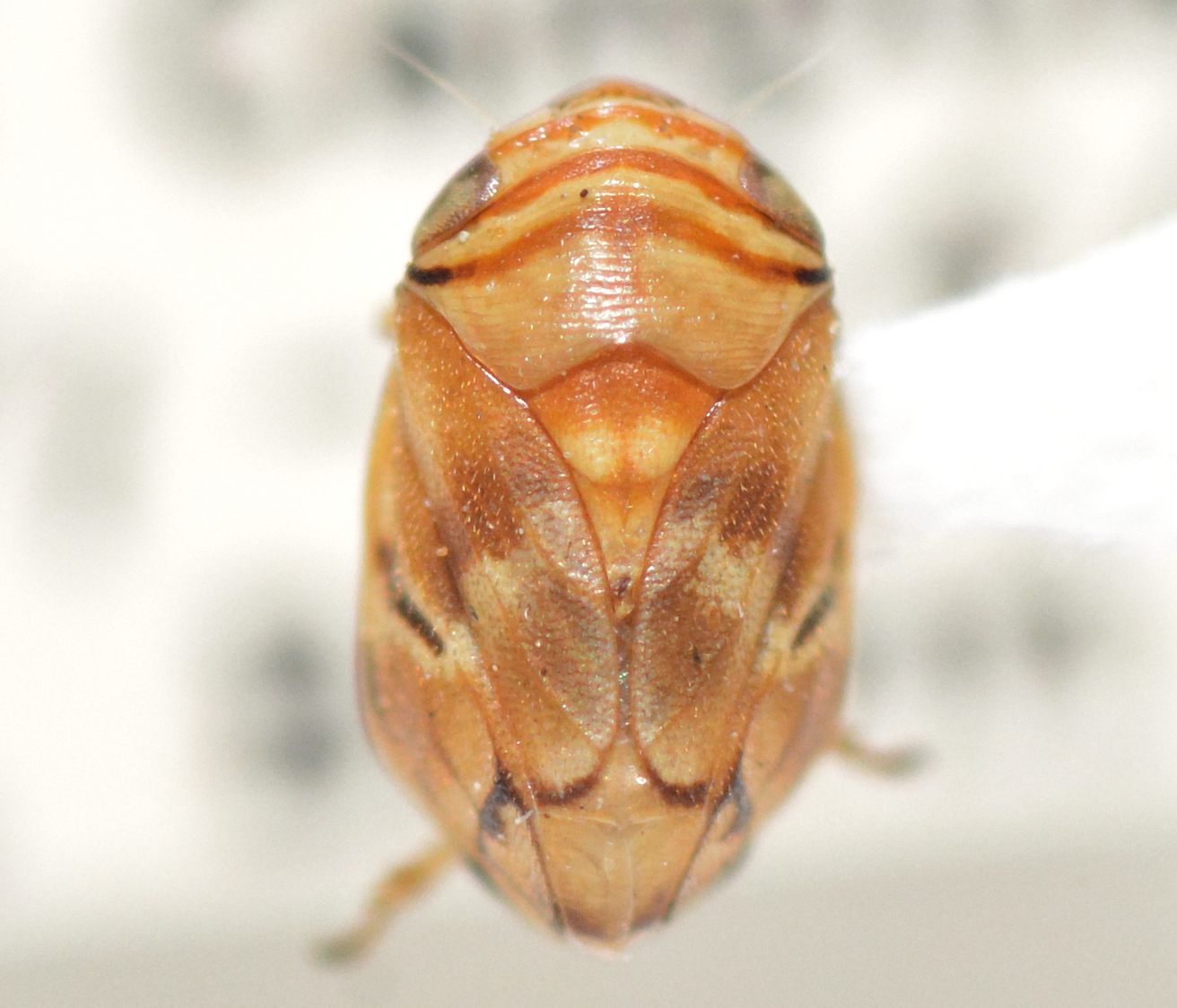
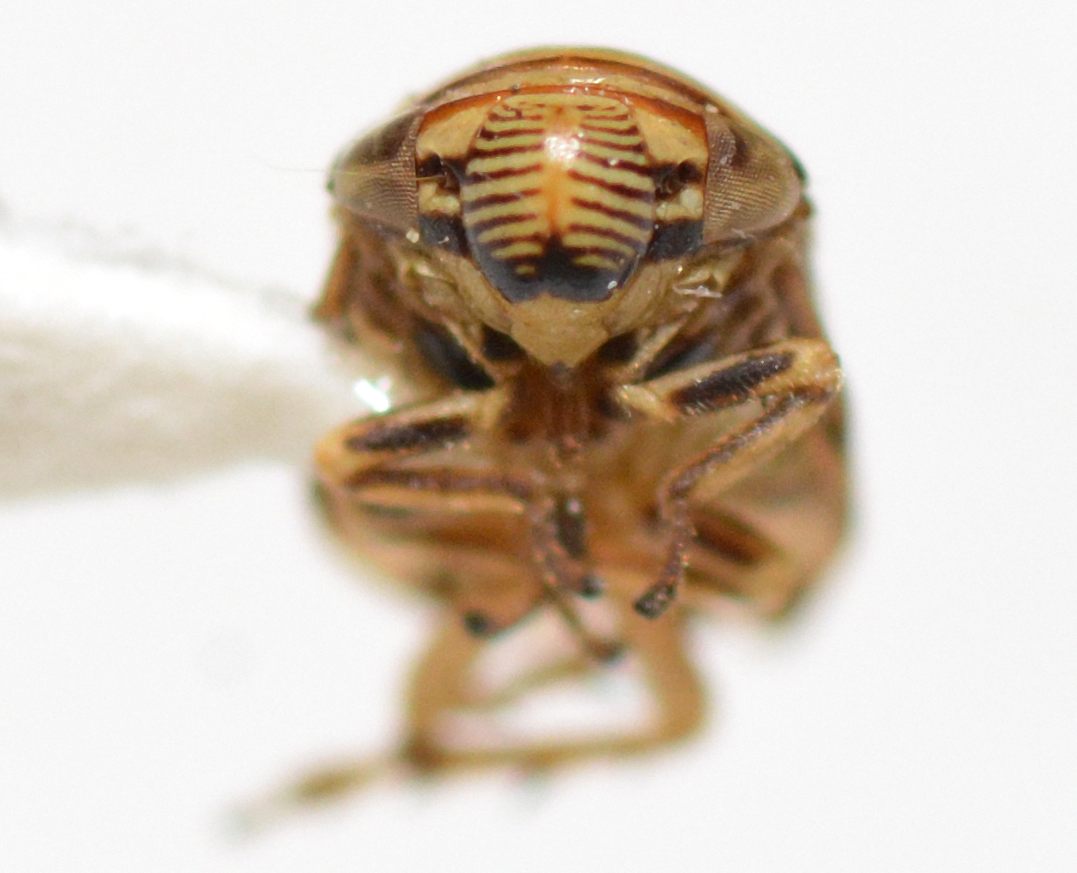

 »
»


